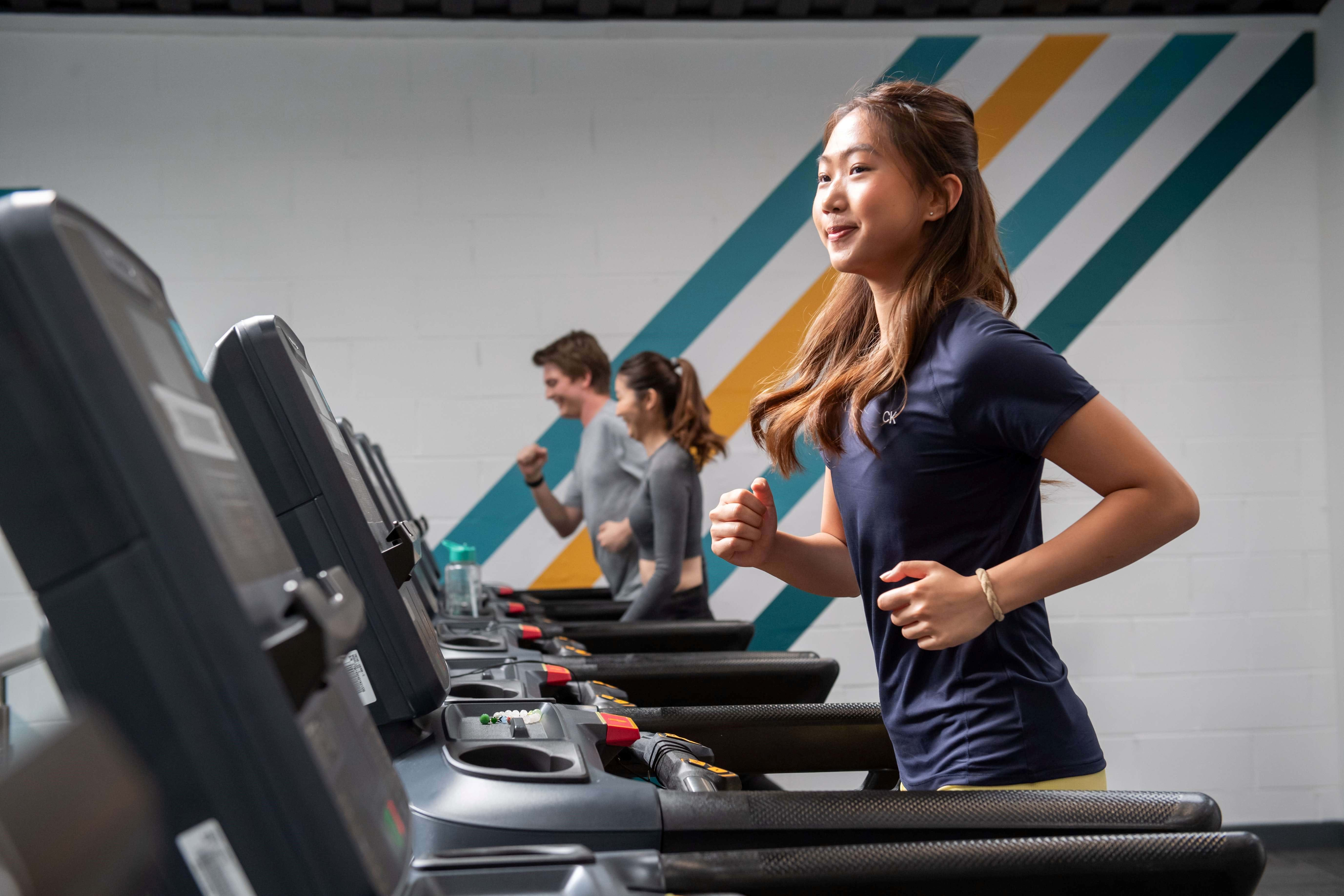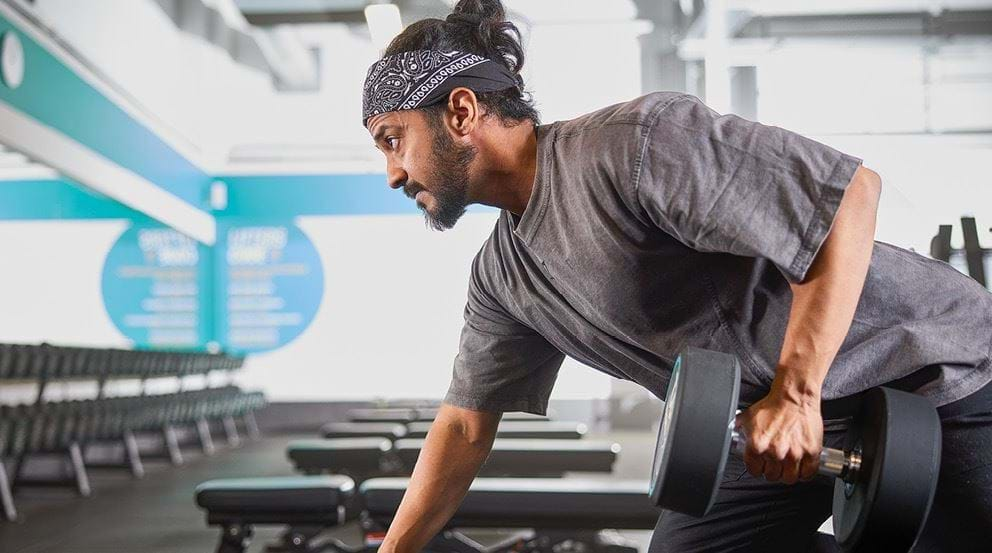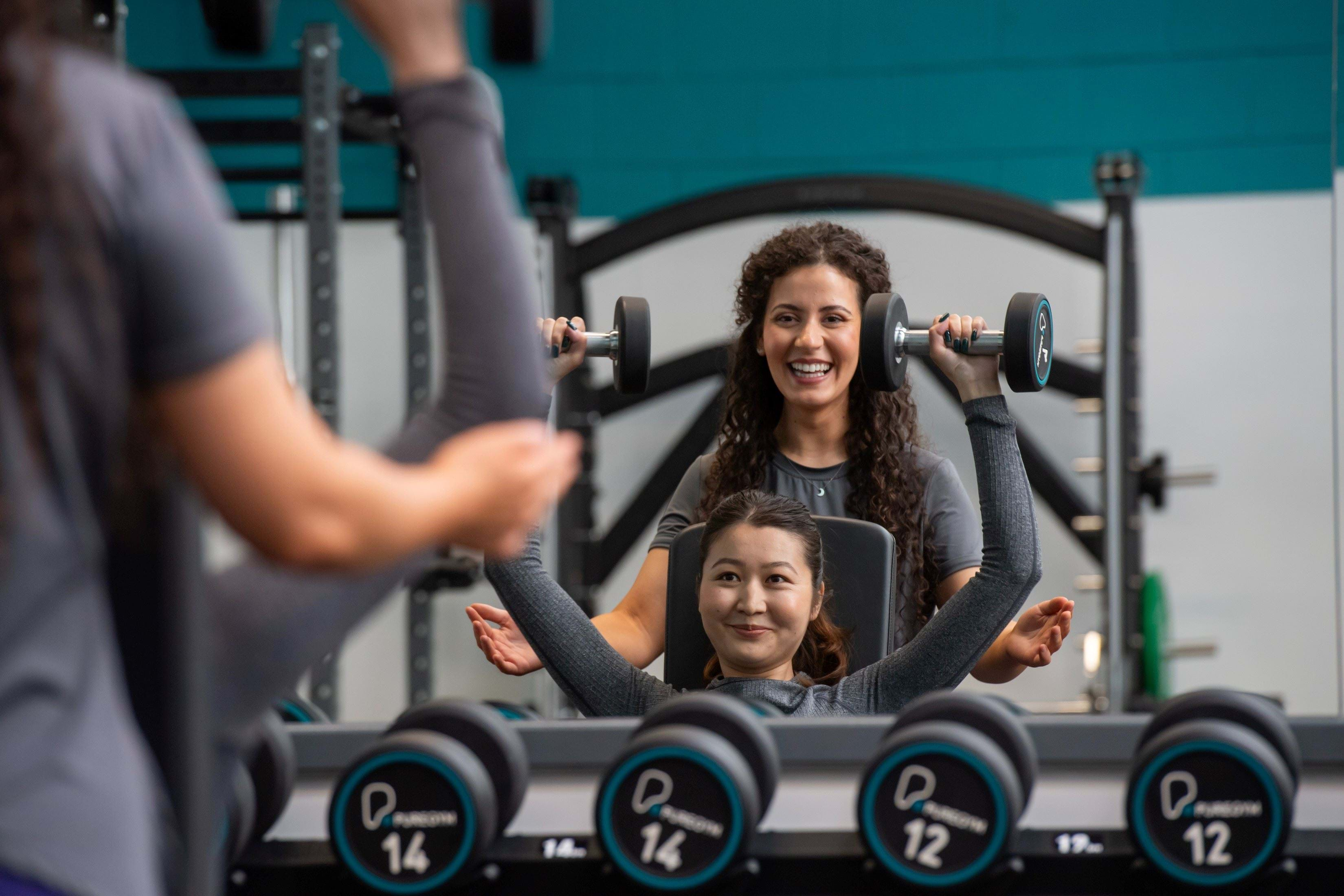What Does Running 30 Minutes Do For Your Body?

Running is one of those exercises that has universal appeal; gym lovers can enjoy an indoor treadmill workout away from the elements, while lovers of the great outdoors can pound the pavements or explore countryside trails (see examples of 30 minute challenges for both treadmill and outdoor runs here). Plus, you don't need to run for hours on end to see and feel the benefits - just 30 minutes of jogging or running can have positive effects on your physical and mental wellbeing.
We've explored what happens to your body during the half hour run itself, as well as the types of benefits you can see from running 30 minutes every day. Read on for more!
WHAT HAPPENS DURING YOUR 30 MINUTE RUN
- The First Few Minutes:
For some people, the first five minutes of a jog or run are the hardest, and early fatigue is quite common. Your body uses adenosine triphosphate (or ATP) energy molecules to power itself forward, which it gains from the food you've eaten. Your body only keeps small supplies of these, so it starts searching for extra supplies - pretty quickly it will begin breaking down glycogen from your muscles and blood for more energy, using anaerobic glycolysis.
You'll be engaging several muscles around your body, particularly around your core, glutes and legs.
- Five to ten minutes in:
Running requires a considerable amount of energy in relation to other sports. As you get running, your heart will beat faster to move the blood around your body quicker and your body temperature will start to rise, with your sweat glands kicking in to keep you cool.
After a few minutes, your body will switch to aerobic glycolysis. This means you'll start using more oxygen to convert fat and glycogen into energy. Your body could need up to 15 times more energy when you're exercising, so your breathing will start to speed up. If you're not used to regular exercise you may start to feel an oxygen debt during this process, as your body works to deliver the right amount of energy around your body. In other words, you could start to feel pretty out of breath!
- The rest of your run
Your body should start to get used to the energy converting processes it's working hard to perform. For many people, this is when you settle into a stride with your body feeling strong.
However, if you're new to running, your body may need more oxygen than you can easily provide, creating a substance called lactate, which it can convert to energy without using oxygen. You'll probably know lactate by it's other name, lactic acid, which is the cause of the burning sensation you might start to feel in your muscles, as well as cramps, nausea and any general feelings of weakness and tiredness. That's because the lactic acid begins to build up in your bloodstream faster than you're able to burn it off - it's your body trying to tell you to stop. The best way to beat this is to pace yourself, starting slow and building up speed and distance gradually over several runs to boost your 'lactate threshold' and boost your endurance. Just don't push yourself too hard straight away, your body will get there with practice.
- The end of your run
As your run slows down back to a walk, you'll hopefully keep moving to enable your muscles to cool back down (reducing your risk of injury). As you do, your breathing will gently return to normal and your face flush will start to ease. Your body should be providing you with mood-boosting dopamine hormones, which, along with the endorphin and serotonin chemical messages given off as you run, will lead to what's commonly known as 'runner's high' - a feeling of euphoria and reduced anxiety.
It's a good a idea to include a warm up before your run and a cool down after, and go at a pace that feels comfortable for you.
THE BENEFITS OF RUNNING FOR 30 MINUTES REGULARLY
So that's what to expect during your 30 minute run, but the real benefits you'll start to see for your body begin when you make running a regular part of your exercise routine. Perks of 30 minutes running or jogging a day include:
- Improved cardio fitness
Running is an incredibly satisfying form of exercise as you're likely to see improvements quite quickly. Over the course of a few weeks you'll be able to run further or faster, with your oxygen levels remaining more stable. Your muscles will begin to get used to the increased activity and you'll start to feel stronger in your legs and core.
- Boosted mood
We've already discussed the endorphin rush you'll receive during and immediately after your run, but the benefits to your mood can go even further if you run every day. Studies have shown that 30 minutes of exercise can help to be beneficial for depression and anxiety symptoms, with many regular runners finding it helps to relieve stress and boost mental health.
- Better sleep
With improved mental wellbeing comes better sleep, as you could find yourself less likely to lie awake at night, as the stress hormone cortisol can interfere with your sleep. Including regular runs into your exercise routine will help you spend longer in deep sleep, the most restorative sleep phase.
- Longer life
The health benefits of regular exercise are many, including lowering blood pressure, strengthening your heart, joints, muscles and bones. Regular runs can help reduce the risk of heart disease, boost lung capacity and, by helping control your weight, help to battle many of the health issues that can come with obesity.
Running is just one way to integrate exercise into your daily routines. Here at Pure Fitness we offer a range of workout equipment to help you achieve your cardio and strength training goals, even if you're a total beginner. Looking for a bit more support? Our fitness classes could be a great first step, or you can work with one of our personal trainers for some one to one assistance.


